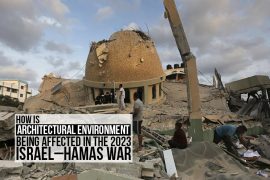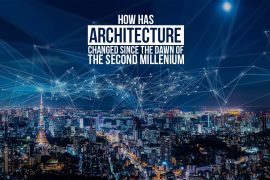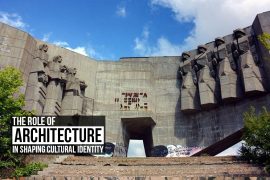In a world where birds, not humans, assumed the role of architects. Imagine a reality where the delicate yet sturdy nests crafted by birds became the epitome of architectural brilliance. These feathered architects would create structures that would effortlessly be in sync with nature. Unlike conventional houses that are all around, birds might weave in structures of a variety of forms that translate their ideas of form and order. Forget skyscrapers and concrete jungles and welcome hanging houses on trees. (apologies for the stereotype) Either way, cities would have consisted of extremely environmentally friendly structures. Biomimicry is one thing and living in structures built by birds is another, let’s dive into what might happen if such a scenario existed.
Decoding the past is a necessary prelude to navigating this alternate reality. Imagine a day when humanity collectively decides to embark on a journey backward to move forward. During this moment of introspection, a flock of pigeons building their nests catches the human eye, leading to a revelation that it’s time to turn toward one of the world’s first architects—the birds. This whimsical scenario sets the stage for humans to swiftly adapt to the architectural designs of their newfound avian collaborators. With the high unlikeliness of such an event let’s take an alternate reality where birds were almost as advanced as humans, and after losing the war with humans, the birds agreed to build their homes in return for living respectable lives in the jungles.
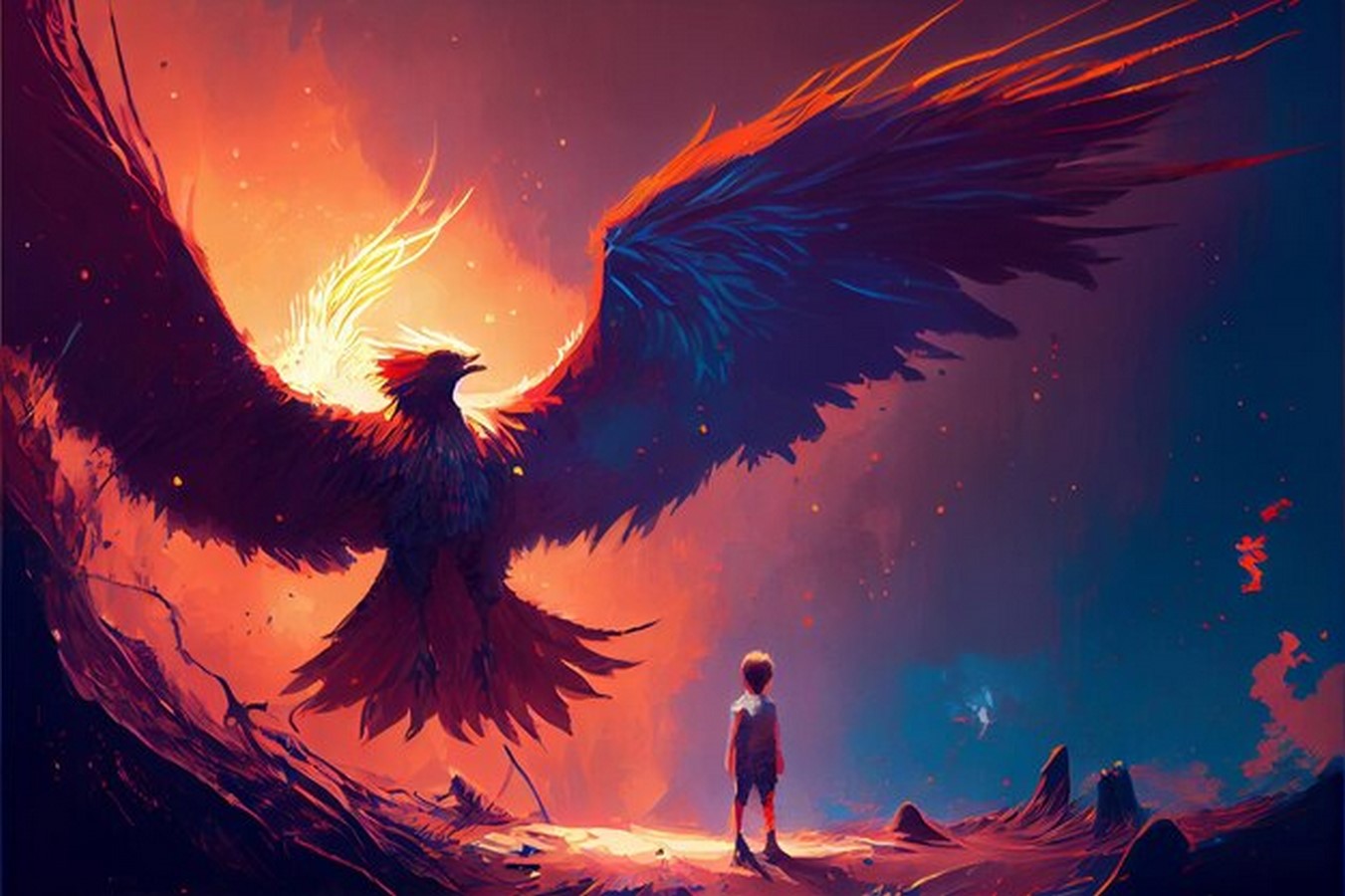
The industrial revolution which supposedly changed the world would have never influenced architecture. The smoke-belching factories and the relentless pursuit of technological progress would find no place in a society where the architects were guided by the wisdom of nature. The very concept of progress might take on a different meaning, one that prioritizes sustainability and coexistence with the environment. Being in harmony might have been the norm and environment-friendly structures that were stable and efficient would have been all around.
Birds, not limited to nest-building, might extend their architectural prowess to designing transportation systems. Picture aerial pathways mirroring their migratory routes, weaving a natural network connecting disparate parts of the world. In this imaginative realm, fossil fuels become obsolete, deemed offensive to harness the ancestors of these avian architects for human progress. Instead, a more efficient and nature-friendly network of systems would likely emerge, blending human lives seamlessly with nature.
Functionality takes precedence in these avian-inspired structures, coupled with unconventional standards of beauty. Each dwelling stands the test of time or undergoes seasonal transformations, akin to changing clothes. The structures, entirely natural yet intricately designed, contribute to a substantial reduction in carbon footprint and environmental pollution. A lifestyle mirroring the cyclical nature of birds, where changing homes is as normal as changing clothes, could redefine societal norms.
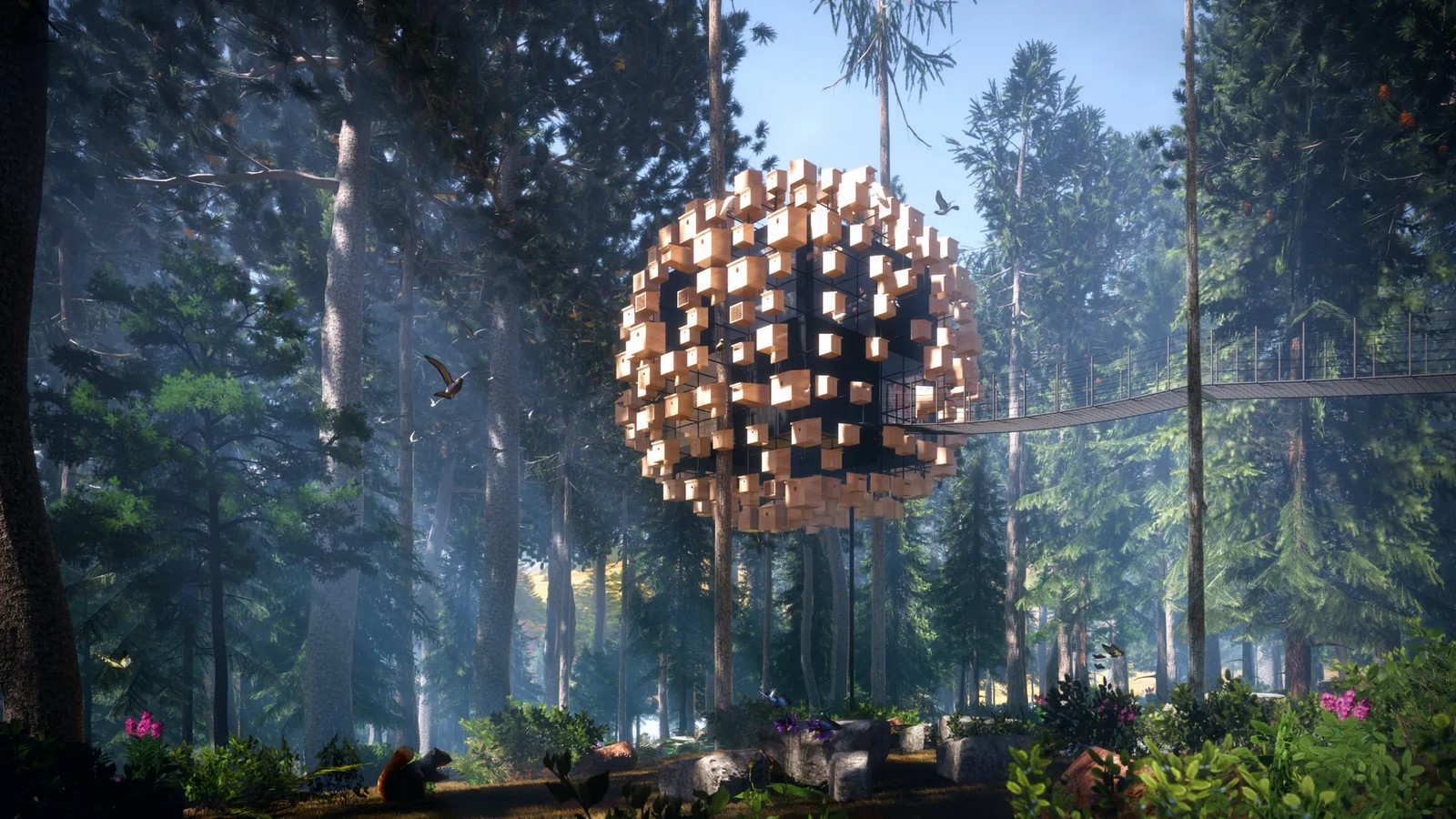
Communities in this avian-inspired world witness a paradigm shift in urban planning. The type of house built by a particular bird might influence the entire neighborhood’s design, leading to a unique and interconnected tapestry of dwellings. This ripple effect extends to societal dynamics, with a potential sect difference between humans and birds. Human architects might find themselves marginalized, while avian architects, revered for their innate understanding of harmony in design, occupy a central societal role.
The checklist for sustainability and minimalism in this avian-designed civilization would be meticulously marked. These architects, whether through innate wisdom or learned behavior, master the delicate equilibrium between sustainability and minimalism, reflecting a societal ethos that places intrinsic value on simplicity and environmental consciousness. Even the society in such a world would be vastly different from what we are used to.
Regardless of the speculative nature of this concept, the imperative remains clear—structures should embody art, functionality, and environmental friendliness. The birds, as architects, symbolize the harmony between form and Earth, beckoning humans to reevaluate their approach to the built environment. The inspiration drawn from these natural structures could serve as the catalyst needed to reshape our urban landscapes, steering us toward a brighter, more sustainable future.
As we contemplate this fantastical scenario, it prompts reflection on our current trajectory as a society. The birds’ innate understanding of the balance between form and Earth challenges us to reconsider the excesses of our contemporary architecture. The harmony they achieve in their natural structures serves as a beacon, guiding us toward a more conscious and sustainable way of living.
In this whimsical world, irrespective of whether the idea initially sounds appealing or not, the imperative for structures to embrace art, functionality, and environmental friendliness is underscored. The birds, with their profound understanding of balance and harmony, emerge as inspiring mentors. The time has come for humanity to glean lessons from these natural architects, fostering a deep appreciation for the delicate equilibrium needed in the structures we inhabit. Maybe in the future, there might be gravity defying houses as well. Who knows?
References :
Ardanz. The child looking at the big phoenix bird flying above him digital art style. [Digital Art] Available at:
https://www.freepik.com/premium-ai-image/child-looking-big-phoenix-bird-flying-him-digital-art-stye_70088158.htm
BIG-Bjarke Ingels Group.(2022) [Photograph] Available at :
https://www.architecturaldigest.in/contributor/courtesy-big-bjarke-ingels-group/









